Boysenberry Disease Info: Learn How To Treat A Sick Boysenberry Plant
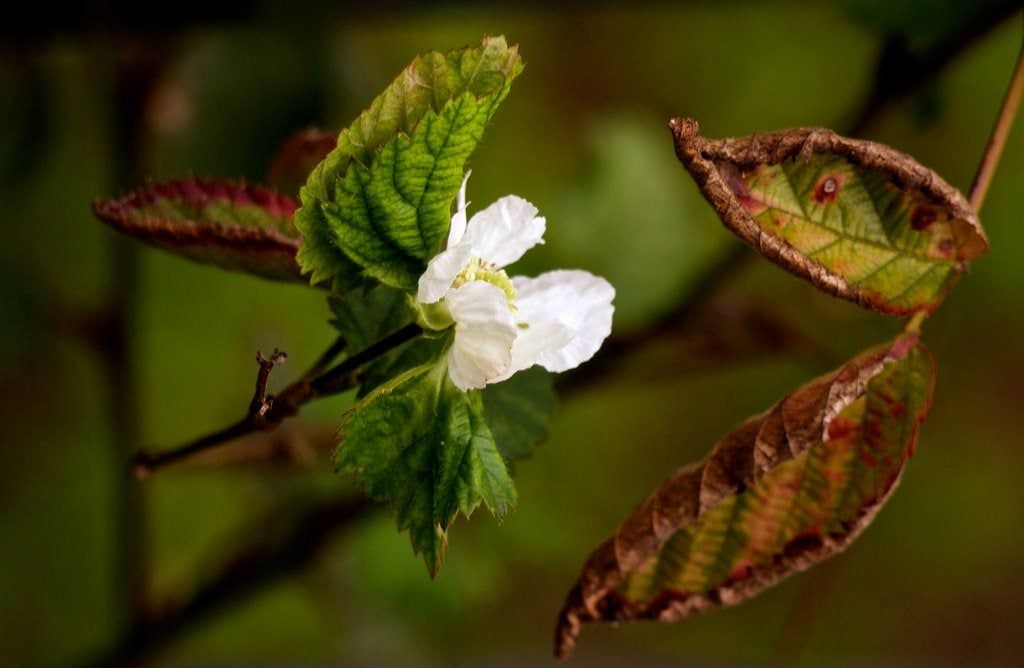

Boysenberries are delightful to grow, giving you a harvest of juicy, sweet berries in the late summer. This cross between raspberry and blackberry varieties is not as common or popular as it once was, but it should be. You can grow this berry in your yard, but watch out for common diseases.
Diseases of Boysenberries
Boysenberry plants are susceptible to most of the same diseases as blackberries and dewberries. Know what the common boysenberry diseases are so you can watch for the signs and catch them early for management and treatment.
- Cane and leaf rust. This fungal disease causes yellow pustules to develop on the leaves and canes of boysenberry plants. Over time, the canes and leaves will dry and crack.
- Anthracnose. Another fungal infection, this one first manifests as small, purple spots on leaves and new shoots. On canes, they will grow larger and turn gray. There may also be dieback.
- Spur blight. The fungus that causes spur blight develops as purple blotches on canes. New shoots and buds will die back.
- Orange rust. Small, yellow spots on leaves are the first signs of orange rust, a fungal disease. Eventually, they grow into pustules that produce orange spores.
- Fruit rot. This occurs when the ripening fruit rots on the canes. Overripe berries are most susceptible.
How to Treat a Sick Boysenberry
Many common boysenberry problems can be easily managed in the home garden, especially if you are looking out for symptoms and catch them early or use preventative measures: If you see the signs of cane and leaf rust, simply prune out the affected canes. Burn them to avoid spreading the infection. The infection should not greatly affect your harvest. Anthracnose may cause die back, and there is no good treatment for it. A spray with fungicide in the late dormant period can help prevent it, though. With spur blight, you can remove and burn the affected canes. Also consider using a copper fungicide in the bud stage to treat the infection. Orange rust is a damaging and systemic infection. If allowed to spread too far, your plant will not produce any berries. Unfortunately, there is no fungicide that will treat orange rust, so you need to remove and destroy damaged plants, preferably before the pustules burst. With fruit rot, prevention is best, although fungicide can be used to save berries that are starting to rot. Prevention includes spacing and pruning plants for air circulation and harvesting berries before they over-ripen. Treatment and management is possible for most boysenberry problems, but prevention is always best. Use certified disease-free plants, provide plenty of space for air circulation, and make sure the soil drains well. When watering, apply water at the base of canes only, to avoid excessive moisture that can lead to disease.
Gardening tips, videos, info and more delivered right to your inbox!
Sign up for the Gardening Know How newsletter today and receive a free copy of our e-book "How to Grow Delicious Tomatoes".

Mary Ellen Ellis has been gardening for over 20 years. With degrees in Chemistry and Biology, Mary Ellen's specialties are flowers, native plants, and herbs.
-
 Best Tomatoes For Containers: 10 Tastiest Varieties For Plentiful Produce In Compact Areas
Best Tomatoes For Containers: 10 Tastiest Varieties For Plentiful Produce In Compact AreasThese are the best tomatoes for containers that prove you don't need to have a large space or elaborate garden to grow delicious produce.
By Bonnie L. Grant
-
 Ultimate Potted Flowers For Spring: 8 Brilliant Blooming Options for Spring Containers
Ultimate Potted Flowers For Spring: 8 Brilliant Blooming Options for Spring ContainersCelebrate the most uplifting of seasons with the most dazzling container flowers imaginable. Here, we present some of the loveliest potted flowers for spring…
By Tonya Barnett
-
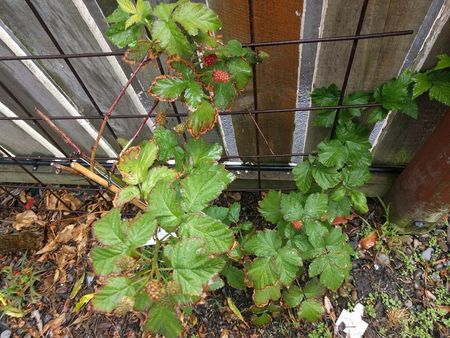 Winterizing Boysenberry Plants – How To Treat Boysenberries In Winter
Winterizing Boysenberry Plants – How To Treat Boysenberries In WinterBoysenberries are a cross between common blackberry, European raspberry, and loganberry. Although they are robust plants that thrive in cold weather, boysenberries require a little winter protection in chilly climates. Learn more in this article.
By Mary H. Dyer
-
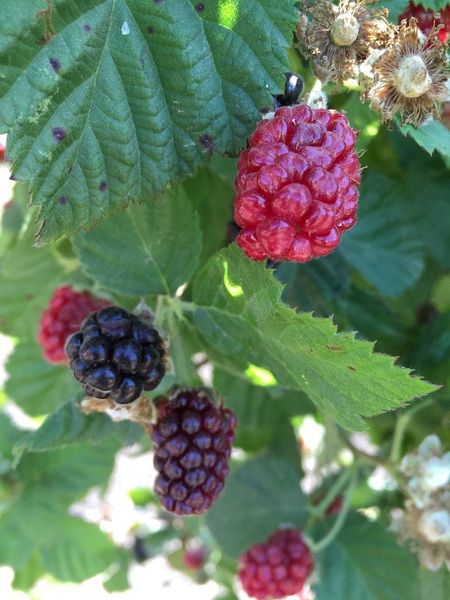 Potted Boysenberry Plants – Growing Boysenberries In A Container
Potted Boysenberry Plants – Growing Boysenberries In A ContainerBoysenberries are a popular fruit, a hybrid among several other varieties of cane berry. Most commonly grown in gardens in the warm, moist regions of the U.S. Pacific Northwest, they can also be grown successfully in containers. Learn more here.
By Liz Baessler
-
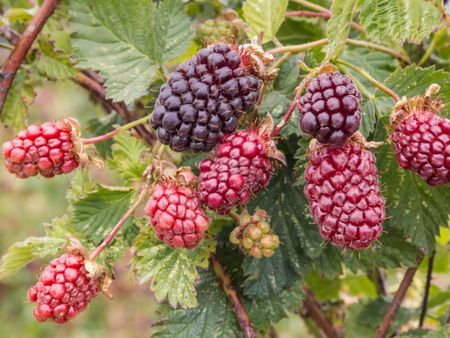 Cutting Back Boysenberries: Tips For Effective Boysenberry Pruning
Cutting Back Boysenberries: Tips For Effective Boysenberry PruningIf you want to grow boysenberries, you'll need to undertake regular boysenberry pruning. For tips on cutting back boysenberries, this article will help. Click here for more information on how and when to prune boysenberry plants.
By Teo Spengler
-
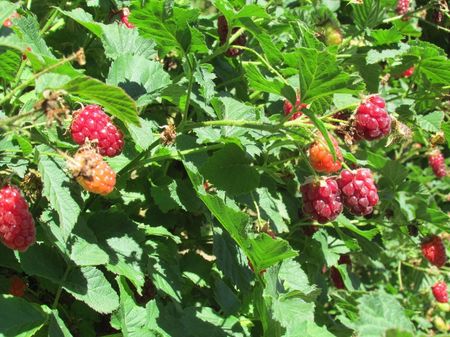 Boysenberry Problems: Learn About Common Boysenberry Pests And Diseases
Boysenberry Problems: Learn About Common Boysenberry Pests And DiseasesBoysenberry plants are so susceptible to a number of fungal conditions that many gardeners have become reluctant to even try growing them. In this article, we will take a closer look at common boysenberry pests and diseases.
By Darcy Larum
-
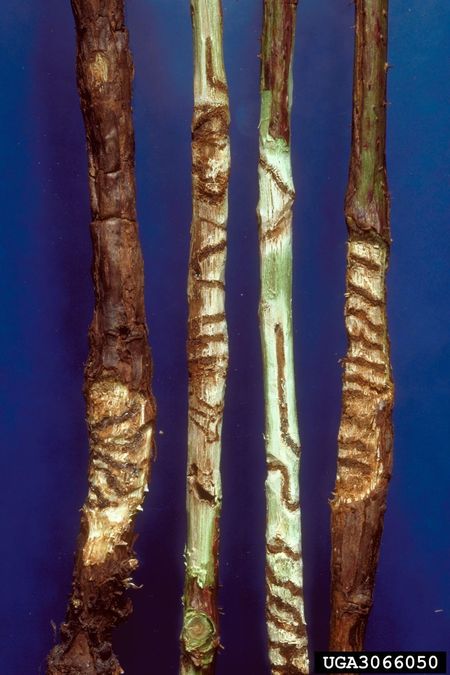 Boysenberry Pests: Learn About Bugs That Eat Boysenberries
Boysenberry Pests: Learn About Bugs That Eat BoysenberriesAlthough they are fairly low maintenance, boysenberry pests can still be a problem. What pests of boysenberry should you watch out for? Well, it should come as no surprise that bugs that eat boysenberries are also inclined to nibble on raspberries. Learn more about them here.
By Amy Grant
-
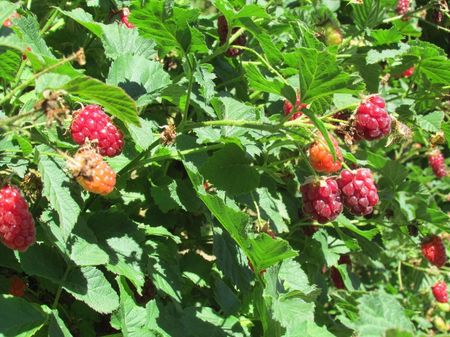 How To Harvest Boysenberries – Picking Boysenberries The Right Way
How To Harvest Boysenberries – Picking Boysenberries The Right WayFor ultimate flavor, boysenberry harvest occurs when the berries are mature and at their peak. It's important for growers to know exactly how and when to pick boysenberries to capture their distinctive taste and aroma. This article can help with that.
By Amy Grant
-
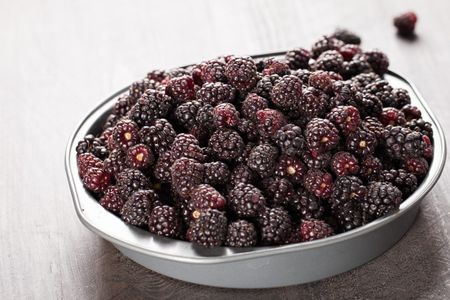 Boysenberry Benefits And Uses – Why Should You Eat Boysenberries
Boysenberry Benefits And Uses – Why Should You Eat BoysenberriesWe've been hearing a lot about the health benefits of berries. What are some benefits of eating boysenberries? Use the information in this article to find out why you should eat boysenberries and how to use boysenberries. Click here to learn more.
By Amy Grant
-
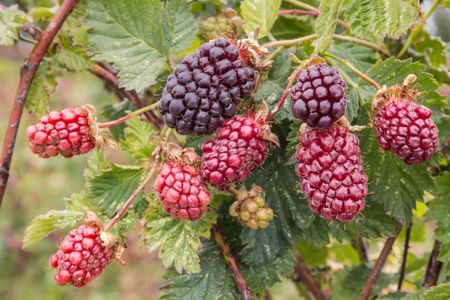 Boysenberry Plant Info – Tips On Growing A Boysenberry Plant
Boysenberry Plant Info – Tips On Growing A Boysenberry PlantIf you love raspberries, blackberries, and loganberries, then try growing a boysenberry, a combination of all three. How do you grow boysenberries? Click here to find out about growing a boysenberry, its care, and other boysenberry plant info.
By Amy Grant